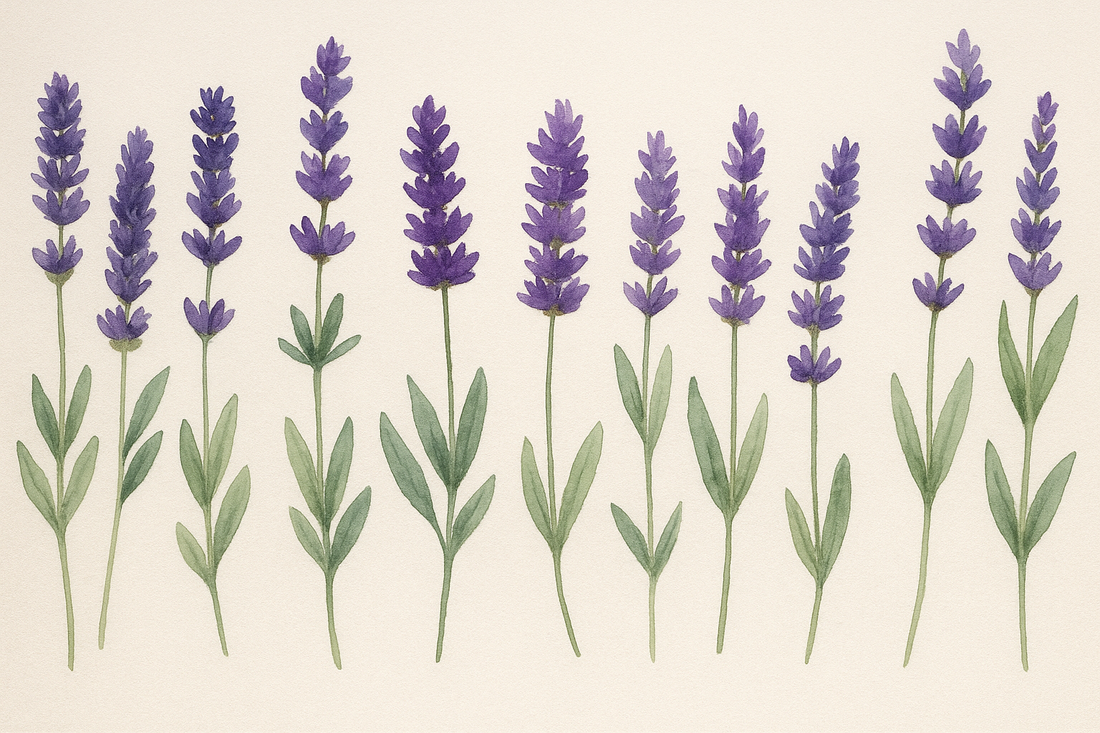
How Lavender Has Benefited the World: History, Uses & Lasting Impact
Share
Lavender isn’t just a fragrant flower—it’s a plant with a global legacy. For centuries, lavender has been prized for its beauty, healing properties, and cultural significance. From ancient Egypt to modern wellness routines, this purple bloom has touched nearly every corner of the world, improving lives in ways both practical and profound.
In this article, we’ll explore the history of lavender, its global benefits, and why it remains one of the most beloved plants on Earth.
1. Lavender in Ancient Civilizations
Lavender’s story begins thousands of years ago. Ancient Egyptians used lavender oil in perfumes, cosmetics, and the embalming process. Romans bathed in lavender-scented water and used it for cooking, cleaning, and warding off insects. In the Middle Ages, lavender was grown in monastery gardens across Europe for medicinal and culinary purposes.
2. Lavender’s Role in Medicine & Healing
Lavender has long been valued for its antimicrobial, anti-inflammatory, and calming properties. Historically, it was used to treat wounds, soothe headaches, and aid digestion. During World War I, lavender oil was used as a natural antiseptic for soldiers’ wounds when medical supplies ran low.
Modern benefits of lavender oil include:
-
Calming the nervous system
-
Reducing stress and anxiety
-
Promoting better sleep
-
Supporting healthy skin
3. Lavender in Agriculture & Economy
Beyond its health benefits, lavender has played a major role in rural economies worldwide. Lavender farms attract tourism, generate income through essential oil production, and provide sustainable agricultural opportunities in dry climates. Countries like France, Bulgaria, and Australia lead the way in global lavender production, while small farms—like ours at Lavender June Farm—bring artisanal quality to local communities.
4. Lavender’s Impact on the Environment
Lavender plants are a magnet for pollinators like bees and butterflies, supporting biodiversity and healthy ecosystems. Their drought tolerance makes them ideal for eco-friendly landscaping, especially in regions facing water scarcity. By planting lavender, gardeners help protect pollinator populations and promote sustainable growing practices.
5. Lavender in Modern Wellness & Culture
Today, lavender is a symbol of relaxation and natural living. It’s used in:
-
Aromatherapy for stress relief
-
Skincare for soothing sensitive skin
-
Culinary arts for unique desserts and teas
-
Home décor for timeless floral beauty
From spa treatments to artisanal goods, lavender remains a cultural and wellness icon, celebrated for its purity and versatility.
Final Thoughts
From ancient temples to modern spas, lavender’s journey through history shows just how much this plant has given to the world. It’s a healer, a pollinator ally, an economic driver, and a source of peace in our busy lives.
At Lavender June Farm, we’re proud to carry on that tradition—growing lavender without chemicals or synthetic fertilizers and crafting products that honor its natural beauty and timeless benefits.
